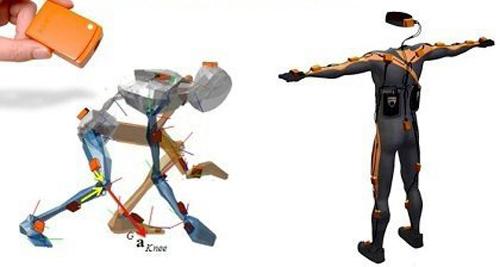MEMS in Sport Gains Speed
April 20, 2012

With sensors becoming smaller and less expensive, full-body motion-tracking systems are becoming increasingly available, demystifying sporting success and putting computer measurable science into physical training.
Indeed, measuring human motion in 3D using MEMS sensors is becoming ever more important in modern sports, with coaches, parents, and athletes themselves pushing for more qualitative and quantitative data about winning movements and individual technique.

During a MEMS in Sports panel discussion -- part of a Sensors in Design session -- at DESIGN West in San Jose, athletes and engineers came together to discuss how less expensive accelerometers, gyroscopes, and microphones were revolutionizing exercise, not just for Olympic competitors, but for weekend warriors and fitness buffs alike.
Per Slycke, chief technology officer and founder of Xsens, a 3D motion tracking firm, said the effect of pairing GPS tracking with a full sensor-laden biomechanical body suit for sports like snowboarding allows for "extremely accurate insight," not just into the boarder's movement, but also into his location on the mountain and distance traveled. "The kind of picture you can piece together from combining the data from a 3D accelerometer, gyroscope, processor, RF antenna, battery, and biometric sensor is really amazing," said Slycke.
Smart surfing
From snowboarding to surfing, MEMS sensors seem to be just at the cusp of breaking big. Romain Lazerand, business development consultant at the motion capture technology company Syride, showed off his firm's MEMS-enabled Sys-Evo -- a lightweight triangular device that slots on to a surfboard to give the surfer data on wave height, speed, ride time, distance paddled, water temperature, calories burned, and much more.
About the Author(s)
You May Also Like



